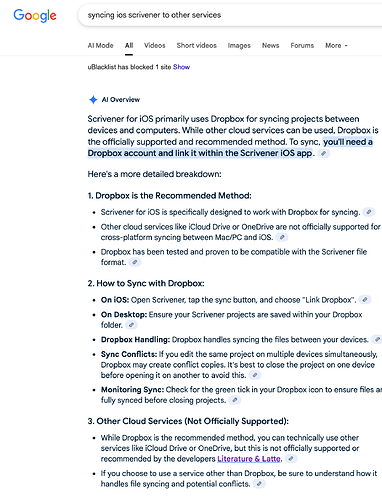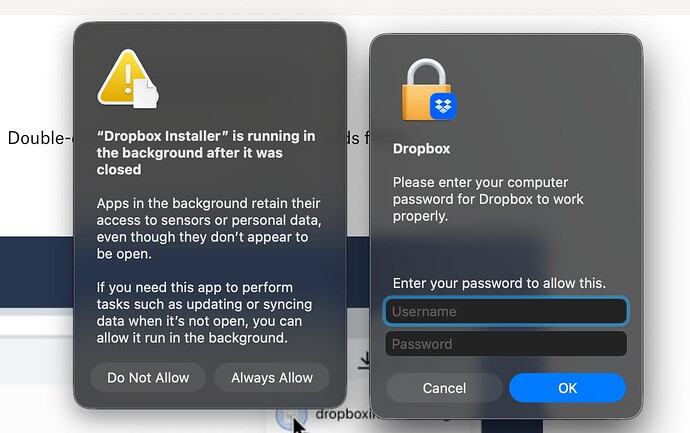Well we do try! I point it out every time it comes up, but it’s like trying to convince people that the “we only use 10% of our brains” thing isn’t true. No matter how many times you say it, even if you convince one or two, you’ll never keep up with the ceaseless tide of popular culture saying otherwise.
Funnily enough, Dropbox’s reputation for being one of the best sync engines was from the days when they did need to modify the system to better monitor the file system in real time. It’s part of what made it so good (that it needed root access to set itself up). Those days are long gone though, as noted, and any performance or technical advantages to it will be in how the code itself handles the Apple infrastructure for syncing.
I do agree that overall iCloud Drive is much better than it used to be, but I think it’s still below the par for what I’d want. For one thing it doesn’t work on Linux, which is an immediately disqualification for me, but I understand most Mac users don’t care about that. I guess more broadly relevant is how you can’t tell when it is syncing unless you’re looking at the very files themselves in Finder, and how it handles conflicts (total A/B package duplication instead of only duplicating the parts that conflicted and letting Scrivener help you resolve them). Plus, it uses the monolithic sync folder approach which I’m not a fan of. I also don’t care for how it defaults to “smart sync”, which cause a lot of grief (Dropbox is just as guilty, if not more so).
One of the things I like about Tresorit is that I can choose to sync whatever I want, wherever it is. That means I can sync preference folders, or other things that need to be in very specific places, without fragile symbolic links. To me that is very important. I can edit a text expansion on my Linux machine and it appears on my Mac a few seconds later—each has its own sync setup pointing to where the configuration files are, on that system. I can choose to sync work stuff from work accounts, separate from personal stuff, without a convoluted selective sync setup that requires constant maintenance.
SyncThing is another one to look into. It’s open source, so there are less concerns about what it is doing on your system, and I’ve even seen a setup that allows for real syncing with iOS. I’ve never tried that to be clear, and cannot vouch for it, but it looks legit.
Thank you for taking the time to engage with me.
Of course! ![]()

